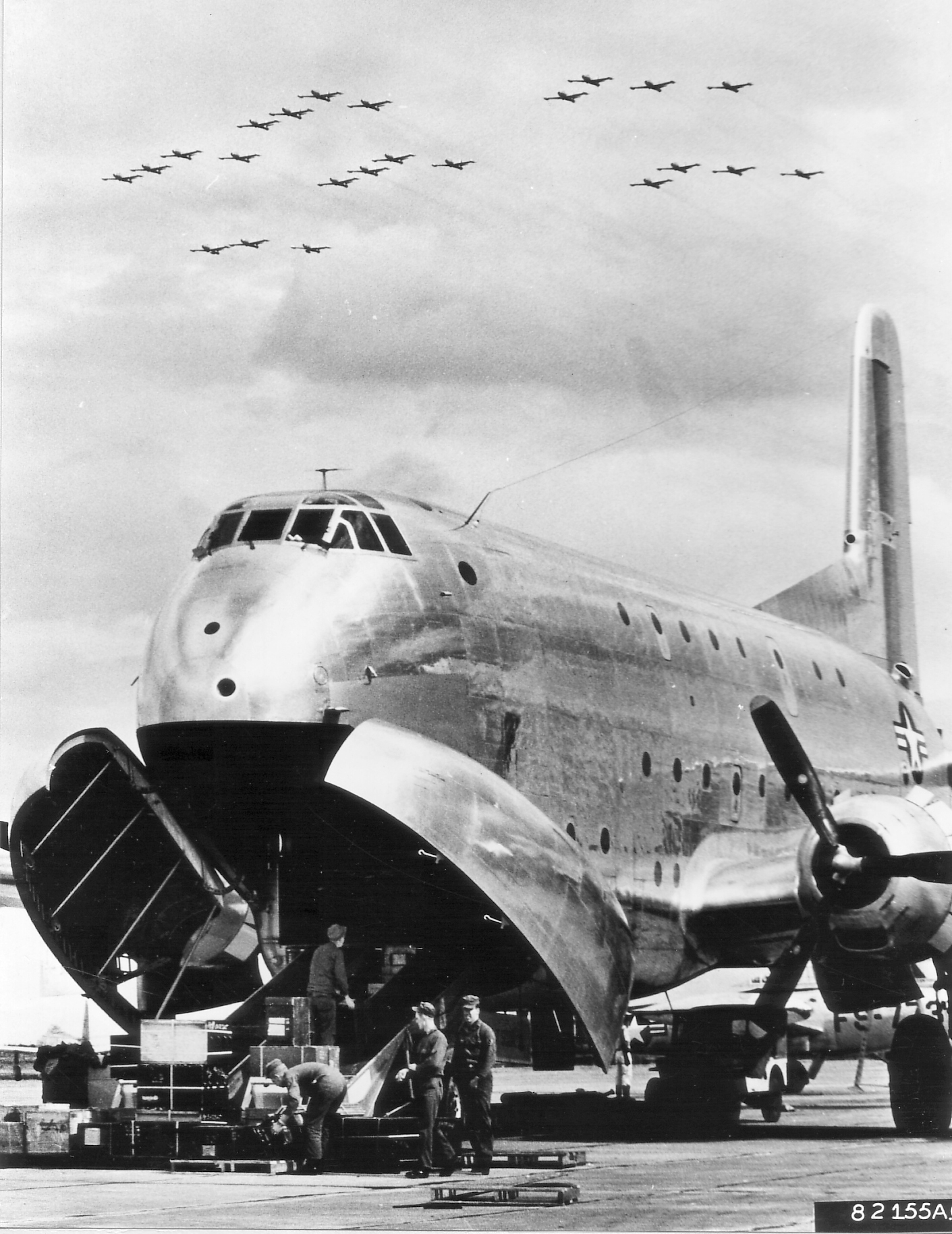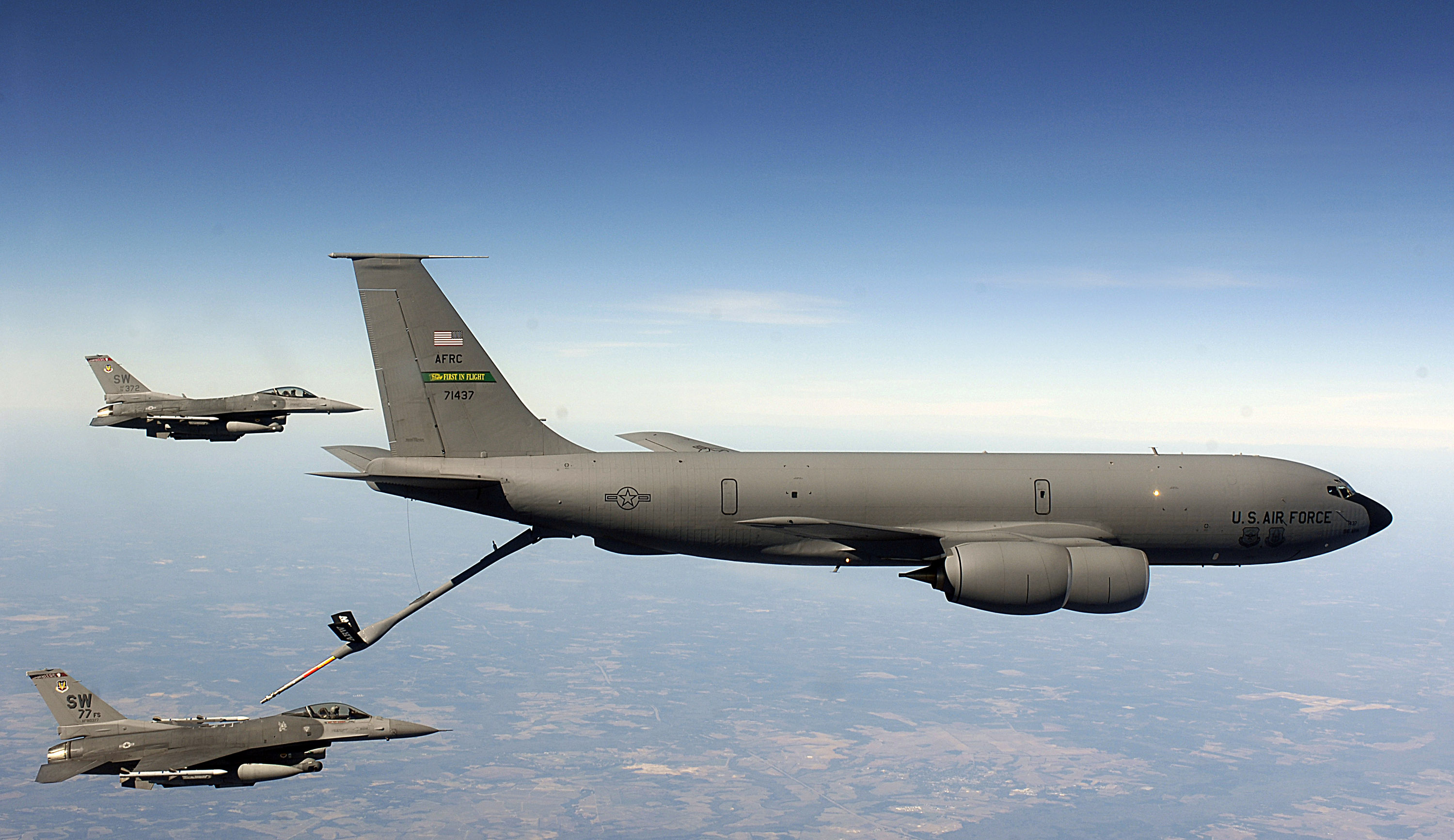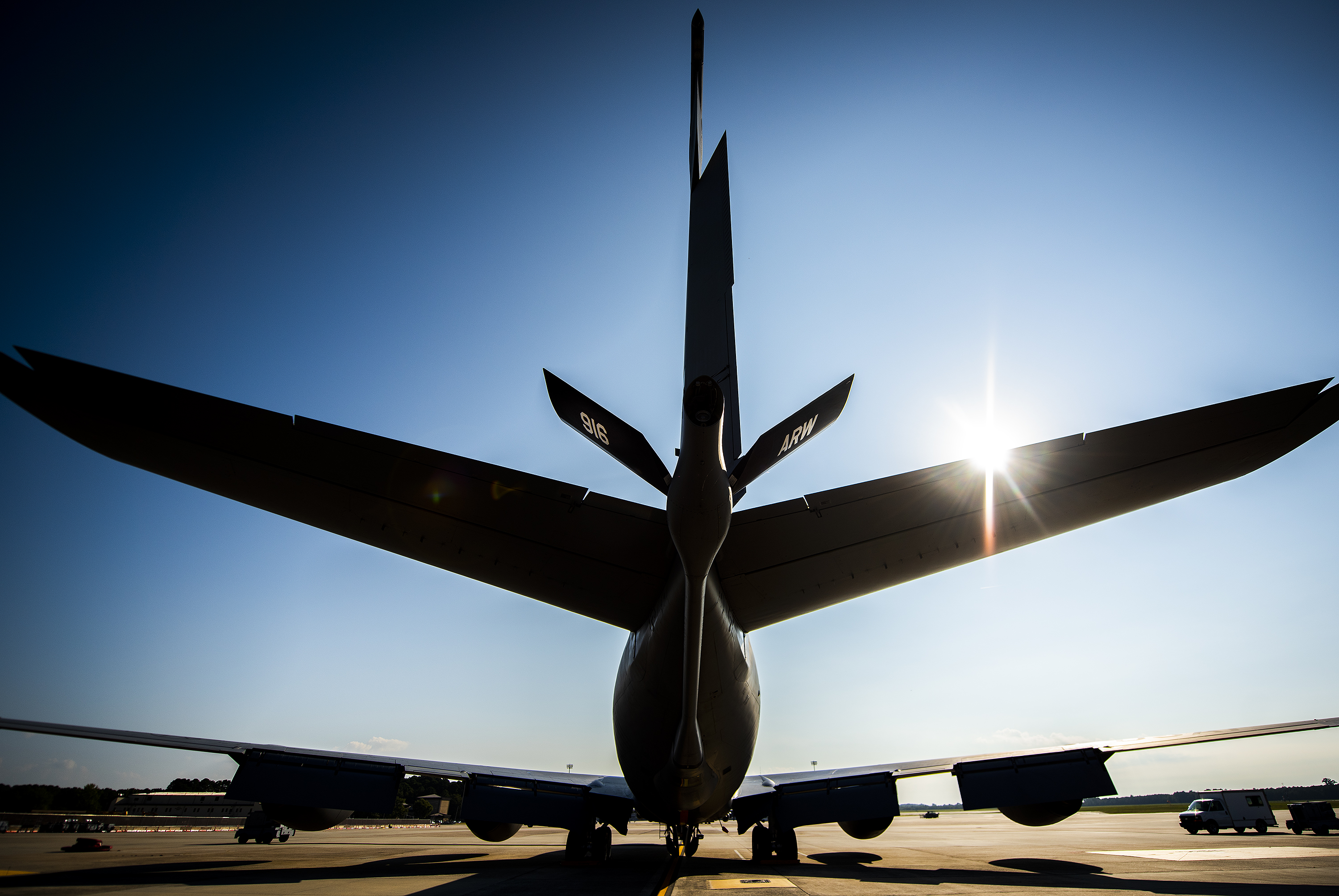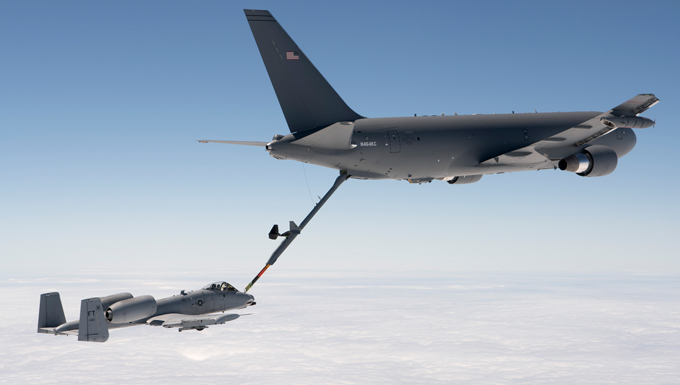As North Carolina’s only Air Force Reserve flying wing, the 916th has a rich and growing history in the Goldsboro area, but its real history started nearly 60 years ago. Activated on 28 December 1962 as the 916th Troop Carrier Group, Heavy, the 916th was assigned to Donaldson Air Force Base, South Carolina, flying the C-124 Globemaster II.

The 916th moved to Carswell Air Force Base, Texas, where it really began its career. While assigned to the 435th Troop Carrier Wing, it was given the daunting task of moving the entire 82nd Airborne Division from North Carolina to the Dominican Republic in 1965 during Operation POWER PACK. Within 67 hours of receiving a presidential order, thee Air Force gathered enough airlift support to move 22,500 personnel and equipment. The 916th was a proud participant of this joint operation. Simultaneously, the 916th TCG was involved in the Vietnam Conflict, with all of the inter- and intra-theater operations. The 916th deactivated on 8 July, 1972.

Reactivated and realigned on 1 October 1986 as a refueling group, the 916th was a Reserve Associate Unit flying KC-10 Extenders under the 434th Air Refueling Wing, at Seymour Johnson Air Force Base. On 14 April 1986, the group supported the longest fighter strike mission to date, Operation EL DORADO CANYON, which was a retaliatory strike against Libya for state-sponsored terrorism. The refuelers escorted the F-111 and EF-111s just over 6,400 miles, from England to Libya, and back. All aircraft required eight to twelve refuels, with KC-135s refueling the KC-10s, which in turn refueled the strike aircraft.
On the 23 December 1989, during Operation JUST CAUSE, a 916th KC-10 crew had been orbiting over the Caribbean, awaiting any receivers to call in for fuel. An Air Force Special Operations Command OA-37 Dragonfly called in desperately needing fuel, but he was still over hostile land, and trying to maintain close proximity to U.S. ground forces, which were actively engaged against the enemy. The KC-10 crew, commanded by Captain William Flanigan, chose to break protocol and fly the enormous KC-10 to the OA-37. While flying over hostile territory, while in a descent attitude, the OA-37 was refueled and left the tanker in position to immediately reengage its targets. The KC-10 remained in the area, refueling several aircraft with similar missions. The KC-10 itself only returned to base when it was critically low on fuel. During Operation JUST CAUSE, the 916th Air Refueling Group conducted fully 30% of the entire operation’s KC-10 mission. Over 3 million pounds of fuel were transferred during 308 flying hours.

In 1994, the process of conversion on multiple fronts began. Over the next three years, the 916th became a “Unit Equipped” Wing with permanently assigned aircraft. This change moved the 916th up in status from and Associate Unit, to a full-fledged Wing. While reorganizing to a wing, the unit also converted to the KC-135R Stratotanker.
Only six months after their first training flight, in October 1995, the Wing was directed to deliver emergency aircraft parts and personnel to Rhein-Main, Germany. On the return flight, an emergency transmission changed a routine mission to an extraordinary event. An RC-135V Joint Rivet aircraft, call-sign “Bama-15”, was desperately low on fuel and was also trying to correct a malfunction in its landing gear. The KC-135R, call-sign “Reach-93,” was able to intercept the aircraft and refuel it enough to allow the crew to find a solution to the landing gear problem, plus give it another refuel. Bama-15 subsequently landed safely in England.
Since that flight over the English Channel, the 916th has flown KC-135Rs all over the world. In 1997, two aircraft flew 19 sorties, enabling Operation DELIBERATE FORCE requirements. In 1999, in support of Operation ALLIED FORCE, the 916th deployed seven aircraft, ten crews, and more than 200 support personnel to Istres, France. The 916th contributed to Reserve operations, tallying over 5000 sorties and 250 million pounds of fuel transferred to U.S. and allied aircraft.
In the spring of 2000, the 916th ARW implemented a significant upgrade to the KC-135R, known as Pacer CRAG. The system modernized the aircraft with GPS and an upgraded radar system. This was the most significant upgrade since its engine upgrade nearly ten years prior.
In 2016, the 916th became the test Wing for a Total Force initiative to assess the possibility of an active duty squadron functioning within a Reserve Wing. The 911th Air Refueling Squadron, already assigned as an ‘Associate’ component unit, was realigned as a direct unit within the Wing structure of the 916th. The unique organization of the I-Wing produced operational achievements, enabling the Wing to garner multiple awards such as the Raincross and Sherrard Awards, validating the feasibility the I-Wing concept.

On the 25 February 2020, the Wing said goodbye to its first and last KC-135R, tail #61-0349. On 12 June 2020, the 916th received its first KC-46A Pegasus, tail #15-6011. Subsequent KC-46As will continue to arrive through the remainder of 2020 and into 2021.